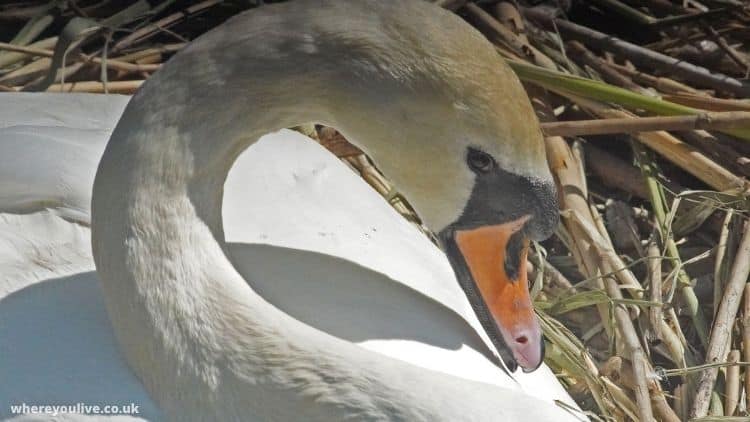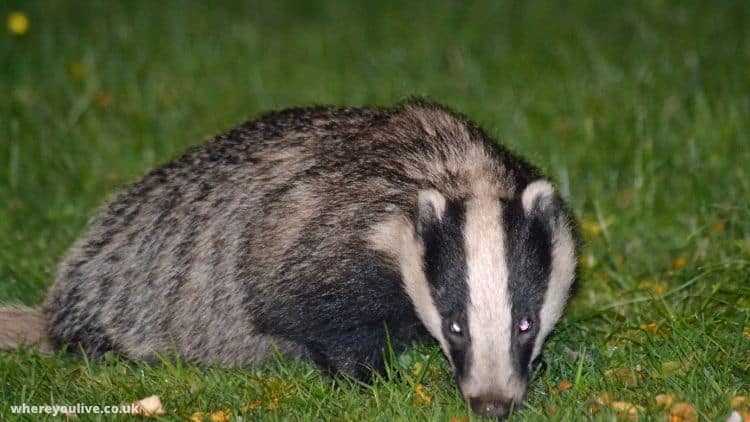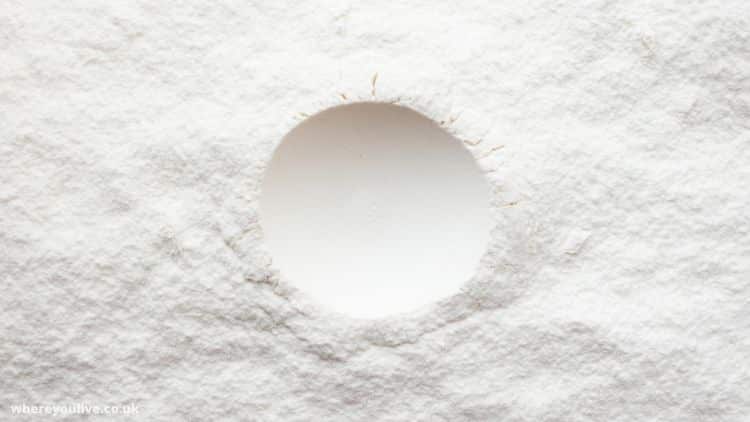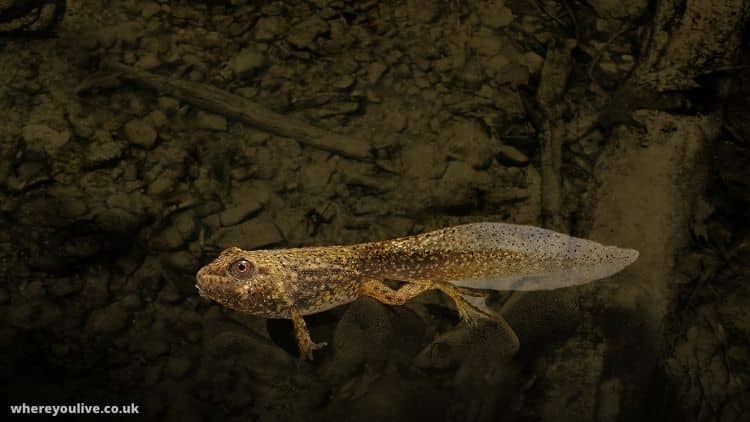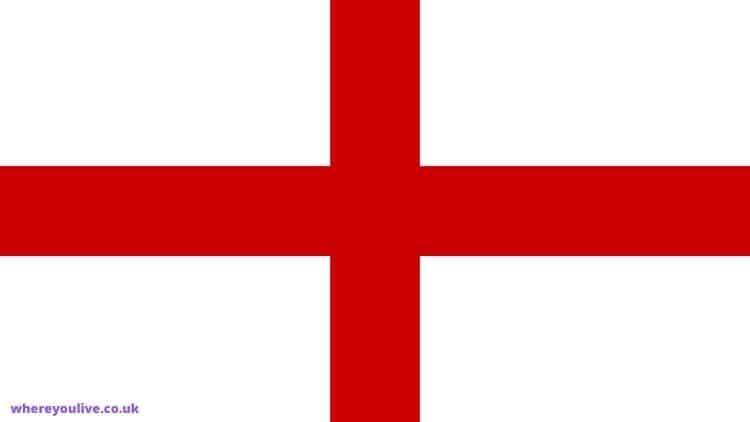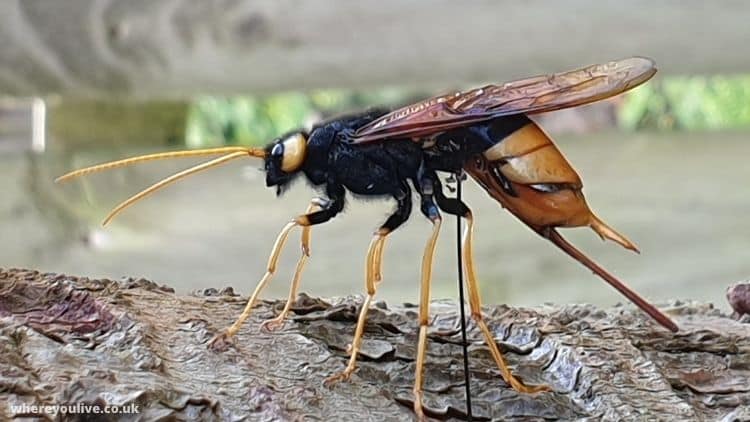Female swans are generally white and have a long neck and legs. Female swan can weigh up to 10 kg’s, and they can be 90 cm tall. Females live in pairs or with their cygnets, as do male; they can tolerate the presence of conspecifics only when nesting.
What are male, female, and young swans called?
A male is a cob. The females are pens (pronounced ‘penz’) or just pen for a single female swan. Baby-babies swans are called cygnets, pronounced as ‘sig-nets’.
Female swan facts
- female swans prefer to live in pairs
- female swans can be 90 cm tall
- female swan song (more specifically, female swan song)
- female swans weigh up to 10 kg’s
- female swans are generally white and have long neck and legs.
- Swans form the Cygnini tribe under the same subfamily that primarily inhabits ducks.
- Swans often mate for long periods of time although they may occasionally cause a “divorce”, particularly after the failure of the nest.
- There are six living and many extinct species of swans; there is also a species known as the coscoroba swan which is no longer considered among the true swans.
- The female swan has a larger bill than the male, but smaller in relation to its body size and with a flattened “cross-shape” at the end.
- Swans have a long graceful neck that is as strong as it is long.
- Swans sometimes produce sounds known as “trumpeting”, particularly when they are threatened or see the potential danger to their cygnets (young). The female often eats vegetation while her mate hunts for fish so both can feed their young. When females are ready to mate they will make calls that sound like barking which attracts males from all around. Male swans then fight over female swans by showing off their beautiful feathers and diving underwater to off their strength.
- Female swans do not leave their young until they are several months old in order to protect them.
- The female swan is generally larger than the male.
- Swans form the Cygnini tribe under the same subfamily that primarily inhabits ducks.
- The female swan has a larger bill than the male, but smaller in relation to its body size and with a flattened “cross-shape” at the end..
- A swan hatches on average being 3 to 8 eggs.
- The biggest relatives of the swans are geese.
- They are thought to be separated into families called Cygninae.
- The English word for swan is drawn from the Indian root *swen (a sound, a song).
- Swan’s close relatives also include birds and ducks.
- The adult male is a cob from Middle English Cobbe (leader of a group) and an adult female is a pen.
- Swans’ closest relative is the coscoroba swan which does not now be considered one of true swans.
Female Swan and mating
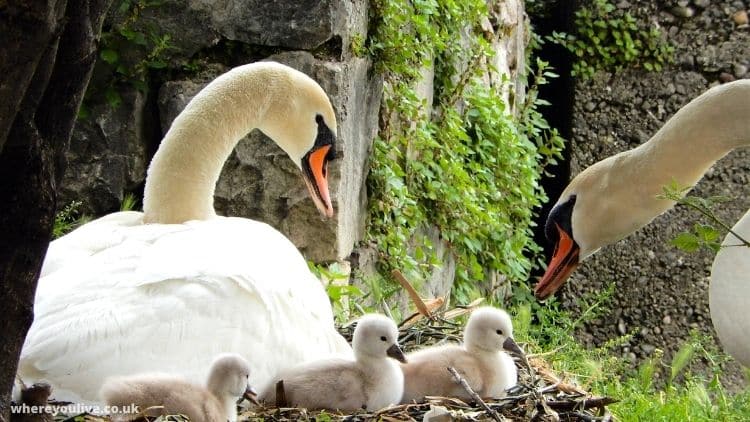
A female will sit on her egg during the incubation period of about 35 days. On average around 6 – 8 eggs are laid per clutch but it could vary based on the female’s condition. During this period female swans are extremely protective and will even attack animals, humans or other birds that come close to their eggs, young or partner.
A female can become very aggressive when it is time for her to lay her egg because she wants privacy. However, female swans prefer to live in pairs rather than alone and they are known as “the most faithful of all avian species”.
If a female has been separated from her mate for a prolonged amount of time she could be forced to look for another mate if hers dies; female swans become sexually mature at 2 years of age so they could still lay eggs with the help of another male. The female swan song (more specifically, female swan song) is a female swan’s bill clicking when she is communicating with her partner and/or cygnets.
The Swan song
The female swan song (more specifically, female swan song) is also used to defend food or the nest from other birds and animals, including humans. Female swans generally lay around 6 – 8 eggs at once; if one of these eggs has been removed she will search for it until it’s back in its place. If it has been abandoned by its mother then the female will adopt this egg as her own and sit on it until it hatches into a cygnet.
The female swan song (more specifically, female swan song) usually lasts between 30 seconds to 2 minutes but can sometimes last for up to 10 minutes if the female swan is really angry. Female swans weigh between 4,446 – 8,818 pounds and female swans weigh between 5,118 – 10,171 pounds; female swans generally live until they are 30 years old while male-female swans can sometimes live until they are 40 years of age.
Although female swans often have white feathers as adults when they are young their fluff can range from creamy white to grey or light brown in colour with a pinkish tinge at the base of each feather.
How to tell the difference between a male and a female swan
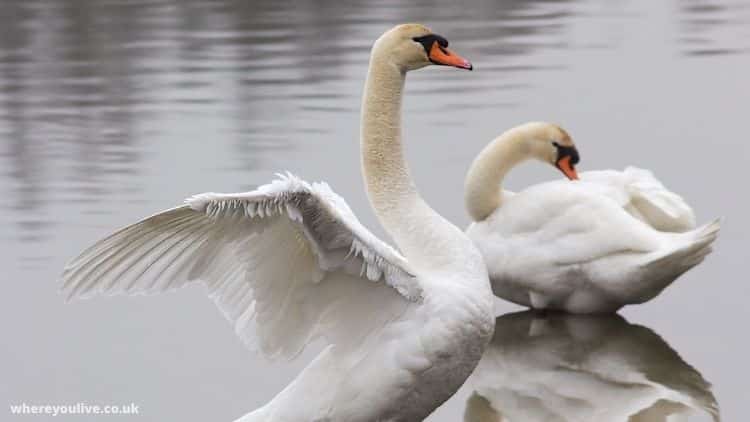
The black protuberant in the male’s top bill increases while he’s in breeding period. Blackberry is also very unique to the Mute Swan; none other species has this quality. The female has a shorter neck in comparison to the male which is thick and long.
The female swan on average can be 90 cm tall whereas the male can only grow up to 80 cm. The female swans weight also varies from 9,6 kg’s while the males weigh around 8 kg’s
The female swans feathers are very unique because they consist of soft down at hatching time but these feathers usually shed within the first year of life, after that female swans have long strong shining feathers that cover their body which tends to blend with their surroundings.
Male swans have black necks and tail at birth and obtain white feathers when they start to mature between two up to four years of age. female swallows are extremely large birds, female swans measure between 70-90cm tall and female swans can weigh up to 7kg. female swan’s that have reached maturity will grow black feathers on their face and neck which are very similar in appearance to the male’s plumage.
The female swans neck is also extremely long; female swans can have a wingspan of 1 metre approx. female swallows wings consist of 12 primary feathers and 16 secondary feathers. Female Swans necks are approximately 20% longer than males

